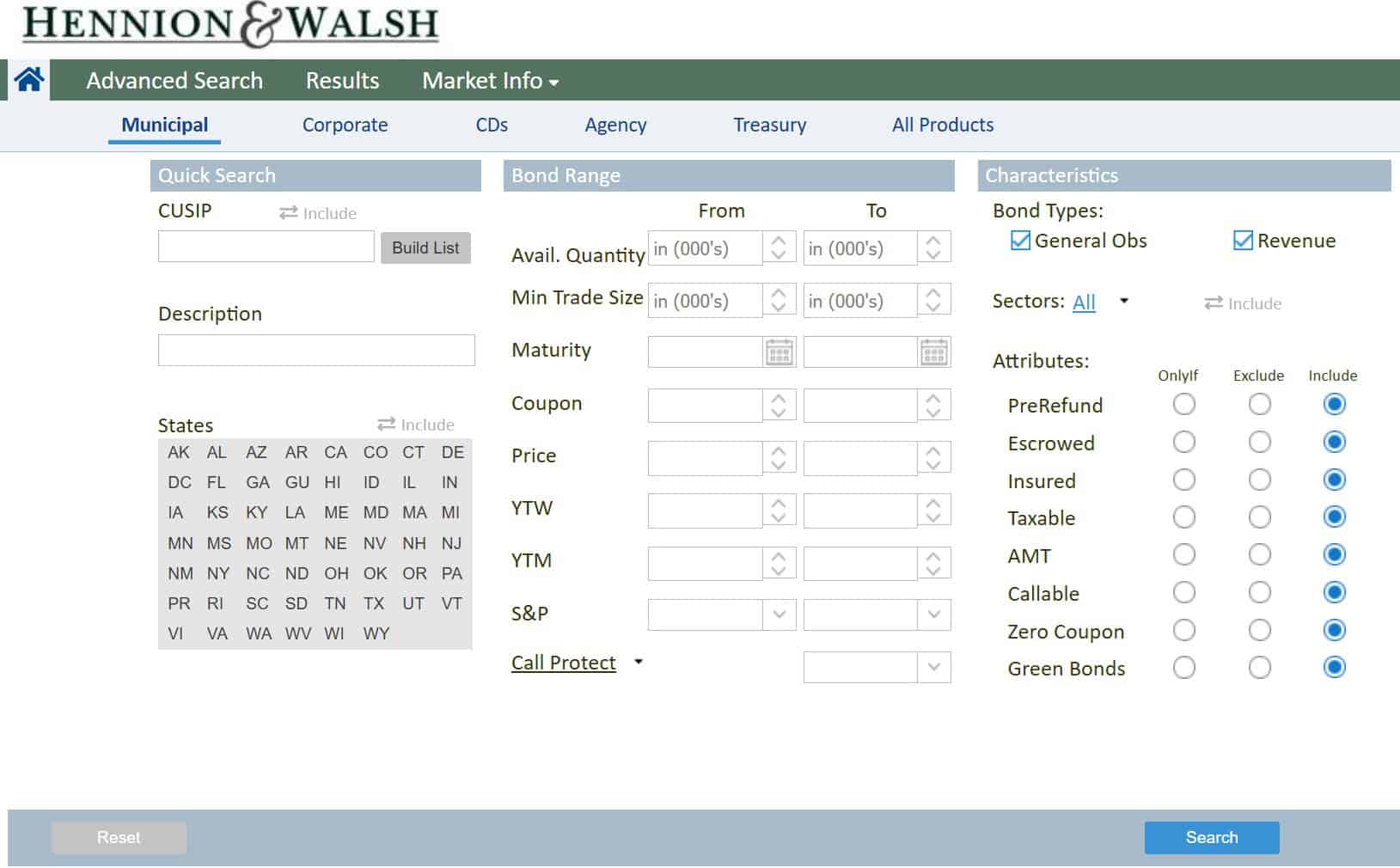
Cybersecurity for Investors in 2025: Protecting Your Wealth Online
The digital universe pulses with energy: instant trades, real-time data, and seamless portfolio management have transformed investing. But this convenience isn’t without its shadows. As the digital world grows more sophisticated, so do the threats lurking beneath the surface, targeting not only financial institutions but also individual investors. The stability of your investments hinges not only on market research and financial acumen, but also on your commitment to robust cybersecurity practices.
Why Investors Are Attractive Targets
Scrutinizing the motivations and methods behind cyberattacks reveals a distinct trend: attackers are drawn to investors because the rewards can be significant.
Many investors interact frequently with brokers, wire transfers, crypto wallets, and online platforms that, if compromised, provide hackers with access to substantial sums or confidential data.
A few reasons why investors attract attention from cybercriminals:
- Direct access to capital: Brokers and personal trading accounts can hold significant funds.
- High transaction frequency: Routine trading offers an opportunity for attackers to intercept or manipulate transactions.
- Sensitive information: Personal and financial data can be used for identity theft or sold on the dark web.
- Potential for extortion: Access to privileged deal information is a ripe target for blackmail or corporate espionage.
Criminal tactics keep evolving, with adversaries using methods like phishing, malware, ransomware, credential stuffing, and social engineering. Investors who ignore these risks can become easy prey.
The Anatomy of Investor-Focused Cyberattacks
A closer look at attacks targeting investors reveals a landscape of cunning and sophistication. These are not haphazard attempts, but precisely orchestrated efforts exploiting human behavior, system weaknesses, and emerging technology.
Common attack vectors include:
| Attack Vector | Description | Example |
| Phishing Emails | Fraudulent emails mimicking brokers or platforms, with malware or fake links | An email “from your broker” with login link |
| Credential Stuffing | Using stolen data from breaches to access accounts | Hacked data reused on your trading logins |
| Malware | Keyloggers or spyware infect machines to track or steal data | Malicious attachments pretending to be PDFs |
| SIM Swapping | Taking over your phone number to bypass SMS-based 2FA | Hacker receives your trade confirmations |
| Account Takeover | Unauthorized access via weak passwords or unpatched apps | Funds siphoned from your investment account |
Clearly, the threat landscape requires more than passive awareness. Proactive strategies are essential.
Building Your Personal Cybersecurity Strategy
No one is immune, but building a layered defense reduces risks considerably. Effective cybersecurity is both a mindset and an ongoing process—an investment in itself.
- Securing the Basics: Effective protection starts with foundational habits:
- Use strong, unique passwords for each financial account.
- Enable multi-factor authentication (MFA) everywhere possible.
- Regularly update software, trading apps, and your device’s operating system.
- Avoid using public Wi-Fi for sensitive transactions.
- Set up notifications for account activity and logins.
- Choosing Secure Platforms and Brokers. Vetting your financial partners is crucial. Look for:
- Platforms with a reputation for security and transparency about past incidents.
- Regular security audits and third-party penetration testing.
- Clear protocols for data protection and customer support in the event of incidents.
- End-to-end encryption for data in transit and at rest.
If a provider can’t answer basic questions about security controls, look elsewhere.
- Managing Devices and Networks. Your endpoint—the device where you access trading accounts—can be the weakest link.
- Install reputable security software on all devices used for trading.
- Practice strict mobile security for smartphone trading: lock screens, app updates, and use only official apps.
- Segregate devices: Use a dedicated device for investing, isolated from everyday browsing or third-party downloads.
- Set up a hardened home Wi-Fi—strong password, WPA3 security, firewall enabled, and updated firmware.
- Guarding Against Social Engineering Cybercriminals often prey on emotions or urgency, especially in high-stress market situations.
- Verify all requests for sensitive data, even if they appear urgent.
- Never provide logins or account data via phone, text, or email.
- Be wary of unsolicited offers, investment tips, or requests for remote access to your devices.
Cybersecurity for Crypto Investors
The rise of digital assets has introduced new vulnerabilities, many outside the landscape of traditional finance. Cryptocurrency thefts routinely make headlines, with individual investors among the victims.
Here are some guidelines tailored to crypto investors:
- Use hardware wallets or cold storage for significant holdings, not hot wallets connected to the internet.
- Regularly update wallet firmware.
- Be vigilant of phishing schemes impersonating major crypto exchanges.
- Consider using multi-signature wallets and strong password managers.
- Double-check wallet addresses, as clipboard hijacking malware can alter pasted data.
Crypto offers decentralized control, but it also demands self-reliance in security. There’s no customer service line to reverse a blockchain transaction.
Monitoring and Responding to Incidents
Even with effective prevention, no system is entirely failsafe. Rapid detection and response can prevent a minor breach from turning catastrophic.
Adopt a protocol for swift action:
- Set real-time alerts for large transfers or login attempts.
- Monitor credit reports and bank statements for unfamiliar activity.
- Know your broker’s procedures for freezing accounts or reversing unauthorized trades.
- Secure backups of essential records (statements, wallet seeds) in encrypted, offline storage.
If you detect unusual activity:
- Immediately change passwords and enable higher levels of authentication.
- Contact your platform’s security team.
- Initiate account lockdown if possible.
- Notify your bank and, if needed, credit reporting agencies.
- Document the incident thoroughly for any potential investigation.
Responsiveness can mean the difference between a minor scare and financial disaster.
The Human Factor: Building Cyber Resilience
Best practices and sophisticated defenses protect systems, but ultimately, people are at the heart of investment security. Building cyber resilience involves:
- Continuous learning: Stay updated with current threats and scam trends.
- Community involvement: Participate in investor networking forums where cybersecurity experiences and prevention tips are shared.
- Team education: If you employ assistants or advisors, ensure they also practice strong security hygiene.
A single lapse can undermine even the strongest technical protections.
The Regulatory Dimension
Laws and industry standards are evolving to keep up with rising cyber threats. Regulations like the SEC’s cybersecurity disclosure requirements for public companies, or GDPR’s mandates for personal data protection, shape how your data is handled.
Pay attention to:
- Updates from your brokerage or investment app about changes in privacy and cybersecurity policies.
- Regulatory communications regarding major breaches, so you can take immediate action.
- Any notifications about your data being part of a third-party breach, prompting password changes or additional precautions.
A quick reference table:
| Security Control | Who’s Responsible | What You Should Do |
| Password Management | Investor | Use unique, complex passwords for every account |
| Platform Security | Broker/App Provider | Confirm their practices, check for MFA support |
| Device Security | Investor | Install updates, anti-virus, and security patches |
| Regulatory Compliance | Provider (mostly) | Stay informed, act on breach notifications |
| Fraud Monitoring | Both | Use alerts, occasionally review activity |
The Culture of Security-First Investing
Risk management blends financial sense with digital vigilance. Treat cybersecurity as central to safeguarding assets, not just a tech add-on.
This mindset will empower investors to:
- Feel confident navigating online investment platforms.
- Trust that their research and gains are protected from cyber threats.
- Take charge in educating family, friends, or colleagues about investing safely.
Staying one step ahead isn’t difficult when you make cybersecurity a habit, as familiar as checking your portfolio or watching market news.
Committing to regular checks and updating defensive tactics allows investors not just to defend but thrive, benefiting from technology without unnecessary worry. In today’s environment, that’s as important as any investment strategy.
Disclosures:
This commentary is not a recommendation to buy or sell a specific security. The content is not intended to be legal, tax or financial advice. Please consult a legal, tax or financial professional for information specific to your individual situation. Investing involves risk including possible loss of principal. Past performance is no guarantee of future results. Diversification does not guarantee a profit or protect against loss.



